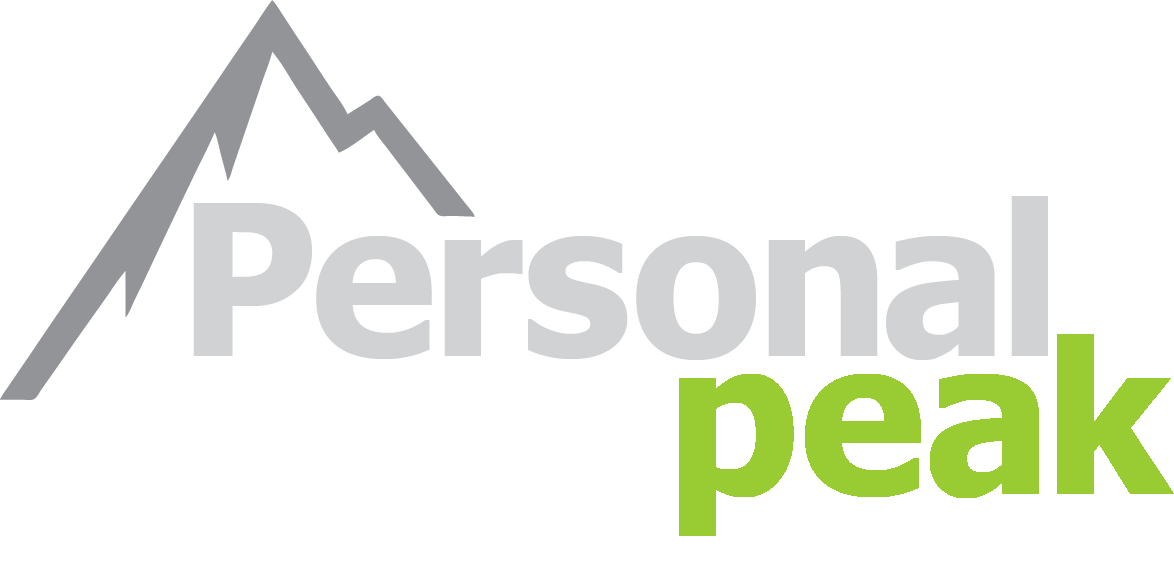By Physiologist Travis Schiller-Brown
Optimal Training is about repeated cycles of stress and recovery. You stress a system, allow time for your body to supercompensate, and as a result you improve that system. However it is a delicate balance between training and recovery. You need to stress the body enough that you get a training effect, but not too much that you get injured and suffer a setback. But how much is the right amount?
Sports scientists and running coaches alike have been trying to solve this problem for decades, and have been quite successful. Under lab like conditions, ie. on a track, treadmill, or flat road course, you can determine the right amount of training stress so that athletes get the most out of their training. Using formulas like Jack Dainels’ VDOT method you can quickly and accurately determine training paces, and modulate training stress through careful measurement of volume and intensity.
However, our problem as coaches is that our athletes like running in the mountains! They don’t live and train in lab-like conditions. They don’t do all of their workouts on a track or treadmill. As a result we can’t make the same fine tuned adjustments, and analyze effort in the same way as other coaches, like Jack Daniels can.
In order to find that delicate balance between improved fitness and injury risk for our mountain athletes, we needed a way to quantify training stress in the field that was not entirely dependent on the same perfect conditions our road and track counterparts rely on. And so began the creation of Mountain Training Units (MTU™).
Advertisement
In the case of measuring running effort, the scientific gold standard is the measurement of Oxygen consumption, or VO2. Because, a specific effort requires a specific amount of Oxygen consumption to sustain, you can determine how hard an athlete is working by measuring that specific amount of Oxygen consumption, or VO2. This can be measured in a few different ways, but generally involves a laboratory setting, a fair amount of money, and experienced testers. This cost, both financial cost and time cost, is prohibitive.
Alternatives like the ACSM metabolic equations for running, walking, and stepping (essentially climbing stairs), have also been developed to estimate the oxygen consumption of these activities. And although metabolic equations like this solve the expensive equipment problem, the issue with using these physiological calculations is that any mountainous run involves constantly changing grades, and athletes will use a combination of walking, running, and stepping. All of these activities have different efficiencies and energy costs, and will require a different effort, so using them to calculate VO2, in anything but a controlled environment is nearly impossible.
Finally measurements like Grade Adjusted Pace (GAP), and Training Stress Score (TSS) also attempt to solve this problem. However, these measurements rely on calculations to be made after the run is complete, when the data file has been uploaded and numbers may subsequently be calculated.
In order to quantify our athletes’ training stress effectively, we needed a tool that was simple, reliable, and easy for our athletes to use when they were “on the run”.
MTU™s were born.
Simply put,
1km = 1 MTU™
100m of elevation gain = 1 MTU™
Horizontal MTU™ + Vertical MTU™ = total MTU™
Try out the MTU calculator to see how your last run, or your upcoming race measures up!

Through our experience, we have found MTU™s to be a simple, effective formula that has been applied with huge success in our coaching practice. It is a practical solution that has proven itself time and again in a real world training environment, and we have been using MTUs to build programs for our athletes for nearly 6 years now and we have seen a dramatic reduction in injury and overtraining as a result.
To be clear, MTU™s have not been validated scientifically and VO2 testing will always be the gold standard for determining effort. However given the numerous limitations of VO2 testing, we have found that MTUs offer a quick, easy to use, reliable estimation of effort.
For a more in depth illustration of the effectiveness of MTU™s we did a small analysis using the same principles of Age/Sex grading to compare different elite Mountain and Road/Track races. You can check that out here to learn more!

Travis Schiller-Brown
Travis has a Masters Degree in Exercise Physiology, and is Personal Peak’s Head Physiologist. He develops training programs and administers testing for every Personal Peak Athlete.
To learn more about Travis, click here
Email:coaching@personalpeak.ca






